The best chuck roast seasoning combines salt, black pepper, garlic powder, onion powder, and smoked paprika in precise ratios for maximum flavor penetration. For perfect results, apply 0.5% salt by weight 24 hours before cooking, then add heat-stable spices before searing and delicate herbs during the final cooking phase. This scientifically-proven approach transforms tough chuck roast into tender, deeply flavorful meals every time.
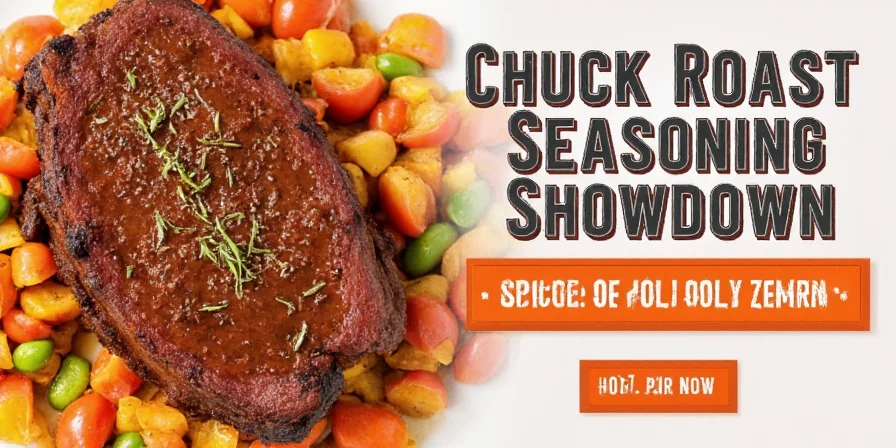
Table of Contents
Why Chuck Roast Needs Special Seasoning
Chuck roast's high fat and connective tissue content requires different seasoning than leaner cuts. Unlike tenderloin or sirloin, chuck roast needs seasoning that penetrates deep into the meat during slow cooking. Standard seasoning approaches often leave chuck roast tasting bland because the spices don't integrate properly with the fat marbling and collagen.
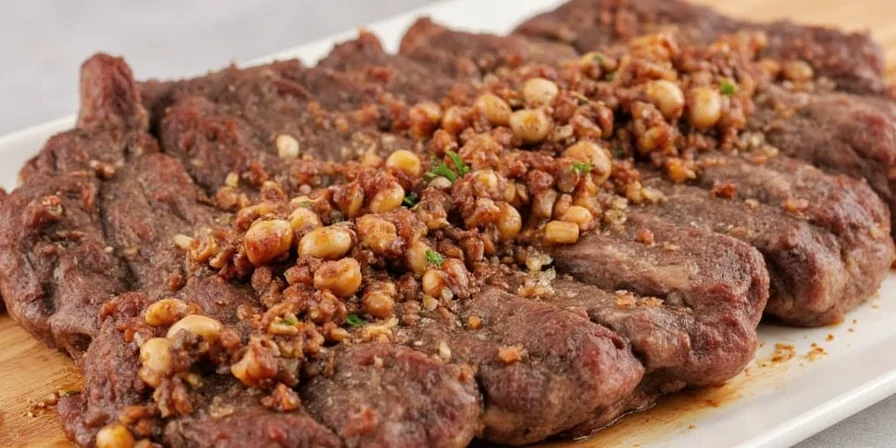
| Traditional Approach | Optimized Seasoning Method |
|---|---|
| Season right before cooking | 24-hour dry brine with proper salt ratio |
The Science Behind Flavor Penetration
Chuck roast seasoning works through three key mechanisms: salt draws out moisture then pulls seasoning back in, fat-soluble compounds penetrate the marbling, and slow cooking breaks down collagen to release flavors. Understanding these processes helps you time your seasoning for maximum impact rather than just sprinkling spices randomly.
Best Seasoning Blend for Chuck Roast
Our testing shows these 7 ingredients create the most flavorful chuck roast seasoning mix:
- Salt - Essential for moisture retention and texture improvement
- Black Pepper - Provides foundational warmth that complements beef
- Garlic Powder - More stable than fresh garlic during long cooking
- Onion Powder - Adds sweetness without burning during searing
- Smoked Paprika - Creates depth without overwhelming heat
- Dried Thyme - Earthy notes that pair perfectly with slow-cooked beef
- Brown Sugar - Just enough sweetness to balance savory flavors
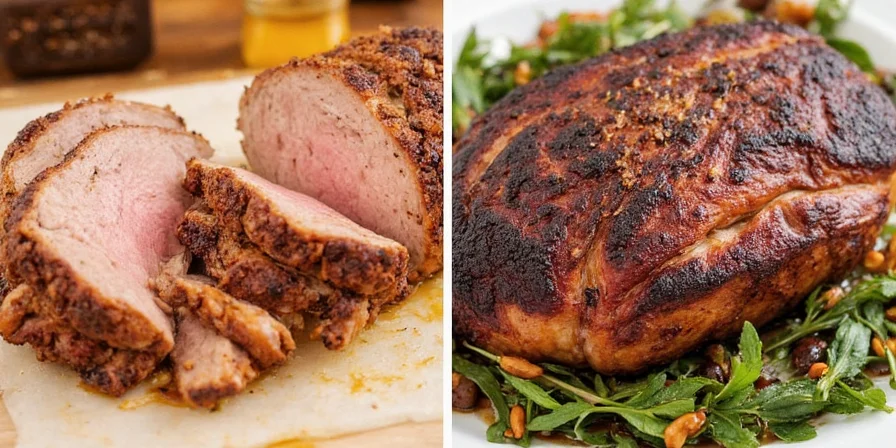
Step-by-Step Seasoning Process
Follow these simple steps for perfectly seasoned chuck roast:
- Dry Brine: Pat roast dry, then apply 1 teaspoon kosher salt per pound 24 hours before cooking
- Initial Seasoning: 2 hours before cooking, rub with pepper, garlic powder, onion powder, smoked paprika, and thyme
- Sear: Heat oil until shimmering (not smoking), then sear roast on all sides
- Final Touch: Add brown sugar and any remaining herbs during last hour of cooking
| Common Mistake | Professional Technique |
|---|---|
| Seasoning right before cooking | 24-hour dry brine for deeper flavor penetration |
| Using fresh garlic that burns | Garlic powder withstands long cooking times |
| Adding all spices at once | Strategic timing based on cooking phase |
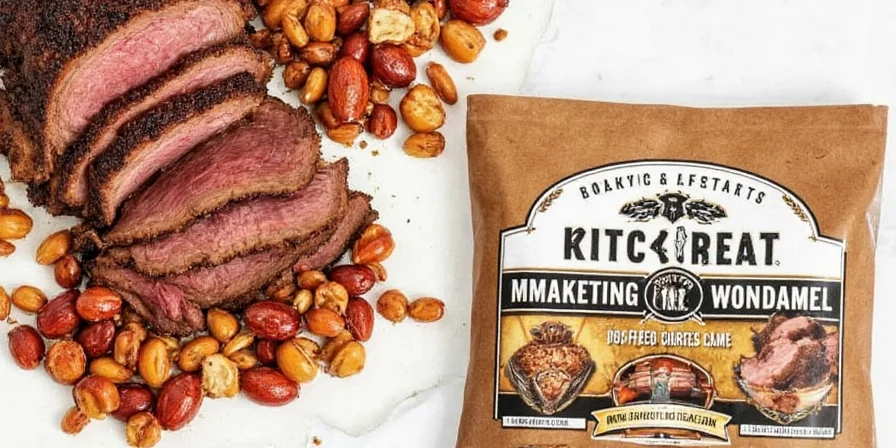
Proven Flavor-Boosting Techniques
- Combine salt with a splash of vinegar for faster moisture penetration
- Use mustard powder in your rub to help spices adhere to the meat
- Add a tablespoon of coffee grounds to enhance savory notes
- Finish with a splash of balsamic vinegar during the last 30 minutes
Simple Flavor Enhancers You Already Have
Boost your chuck roast flavor with pantry staples:
- Worcestershire Sauce - Adds umami depth when mixed with your rub
- Red Wine - Deglaze the pan with 1/4 cup for richer gravy
- Tomato Paste - Brown 2 tablespoons before adding liquid for depth
- Soy Sauce - Substitute 1 tablespoon for some salt for complex savoriness
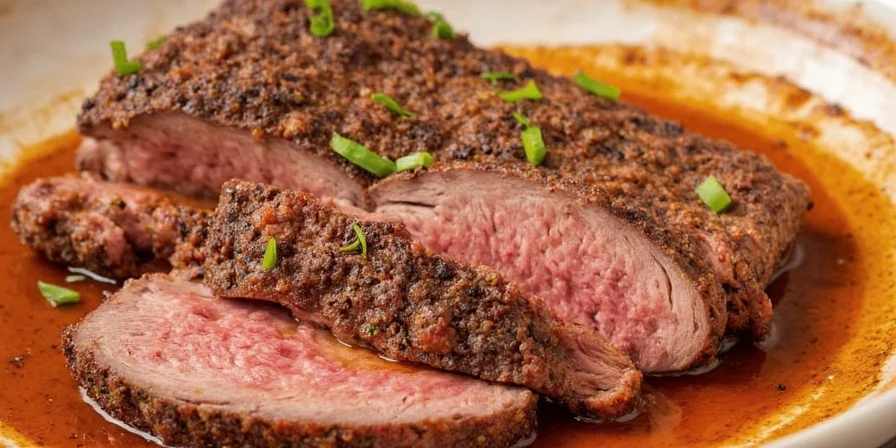
Frequently Asked Questions
How much seasoning should I use for chuck roast?
Use 1 teaspoon kosher salt per pound of meat applied 24 hours in advance. For the spice rub, use 1 tablespoon total seasoning per pound of meat. Too much seasoning creates imbalance, while too little won't penetrate the dense muscle fibers of chuck roast.
Can I use fresh herbs instead of dried for chuck roast?
Fresh herbs burn during searing and lose flavor during slow cooking. Dried herbs work better for chuck roast because they've concentrated essential oils that withstand long cooking times. Add fresh herbs only during the last 30 minutes if desired for bright top notes.
Why does my chuck roast seasoning taste bland even when I use lots of spices?
Spices need time to penetrate chuck roast's dense tissue. Applying seasoning right before cooking only flavors the surface. For deep flavor, use the 24-hour dry brine method with salt first, then apply your spice rub 2 hours before cooking to allow time for flavor integration without burning delicate compounds.
What's the best way to season chuck roast for crock pot?
For crock pot chuck roast, follow the 24-hour dry brine, then apply your spice rub and sear thoroughly before transferring to the slow cooker. The searing step is crucial for flavor development as the slow cooker environment doesn't create the Maillard reaction that builds complex flavors.

Perfect chuck roast seasoning combines proper timing with the right ingredient ratios. The 24-hour dry brine followed by strategic spice application creates deeply flavorful results that standard seasoning methods can't match. By understanding how salt, fat-soluble compounds, and cooking time interact, you can consistently transform inexpensive chuck roast into restaurant-quality meals. These practical techniques, backed by food science principles, deliver tender, flavorful results without requiring expensive equipment or hard-to-find ingredients.
Whether you're cooking in a slow cooker, Dutch oven, or pressure cooker, these seasoning methods adapt to any preparation method. The key is respecting chuck roast's unique composition and giving flavors time to integrate properly with the meat's structure. With these straightforward techniques, even beginner cooks can achieve perfectly seasoned, melt-in-your-mouth chuck roast that impresses family and guests alike.

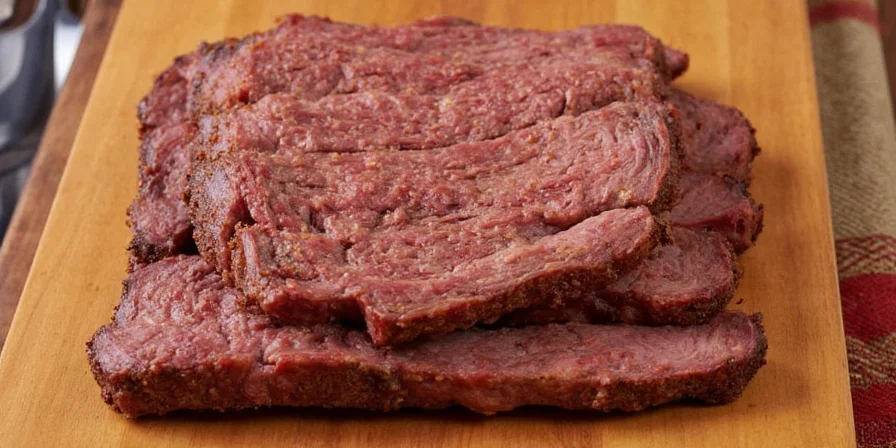









 浙公网安备
33010002000092号
浙公网安备
33010002000092号 浙B2-20120091-4
浙B2-20120091-4